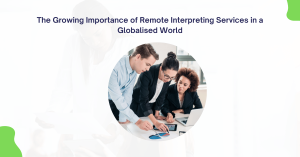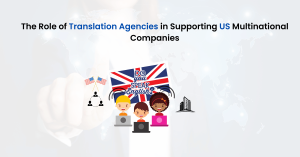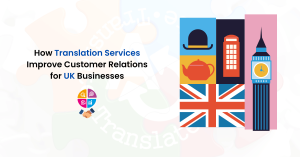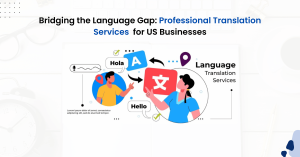In a week where Ireland experienced a heat wave and Ballywatticock in County Down, Northern Ireland, recorded the hottest day in its history at 31.2C, it’s safe to say summer has arrived.
The Irish tourist season generally peaked around July and August and with lockdowns now hopefully a thing of the past, and restrictions slowly lifting, the second half of July has become a new dawn for the tourism sector here.
This sector was flourishing during 2019 when over 11 million tourists flocked to the Emerald Isle and in doing they generated almost €6 million for the economy.
Fast-forward 12 months and Ireland were in the pits of the Covid-19 pandemic, and there was an almost 80% drop in tourists entering the Republic of Ireland. Figures actually peaked in August but fell again due a second wave.
But another year down the line and Ireland finally seems to be on the right side of the curve. The tourism sector is back up and running and at TRANSLIT we have noticed an exponential growth in requests for our services linked to it.
This is one of our most sought after services when it comes to the tourism industry but why is it so important?
To start with, out of the 195 countries in the world, there are more than 6,500 languages spoken today. The chances are all of your visitors won’t speak English.
Tourists from the UK may contribute to the majority of Ireland’s figures, followed by the USA and Canada but with Germany, France, Spain and Italy also high on the list, it’s crucial Irish businesses have their materials translated into the right language.
Want your audio or video transcribed into text form?
Often overlooked in terms of its importance to this sector, transcription is no less vital to businesses in the summer months.
Transcription has a part to play in every facet of the industry and is vital to ensure every detail is documented while also maintaining high standards, and avoiding silly errors like spelling mistakes.
There is an abundance of audio to text transcription software out there and it is improving all the time but even the best on the market has a 14.22% Word Error Rate.
When it comes to transcribing difficult accents nothing beats the human touch.
Cisco suggests that by 2022 82% of internet traffic will involve video content, so why not make the most of it?
Imagine watching a short video promoting a place you are about to visit but you don’t understand what is being said by the narrator, it would ruin the experience and may affect your decision to visit. In this instance subtitles and closed-captions provide the viewers with every word that is spoken.
You can even watch a video without the sound on while it also makes the content more accessible to people who speak different languages or are hard of hearing.
While machine translation is now a viable option for many, there is no definitive similar offering when it comes to interpreting. Another case where the human touch is crucial.
It is also another fundamental part of the tourist sector. Tourists visiting one of Ireland’s many fascinating landmarks will want to find out more and the tour guide may not always speak the required language.
This is where interpreting takes on a life of its own. Tourists can be provided with headsets to keep them informed reducing the barriers to communication.
If your webpage or marketing material doesn’t have the local lingo and you can’t adjust to the necessary market then how do you think it will be consumed by the tourist?
Whether you are enticing a tourist to stay at your hotel or visit your wildlife park it’s so important to have your brochures or website landing pages as accessible as possible. Localise them and reap the rewards.
At TRANSLIT we are proud to be Irish and we are proud to help the Irish tourist sector get back on their feet after a tough 18 months.
If you would like to check out how we can help you, please get in touch.









